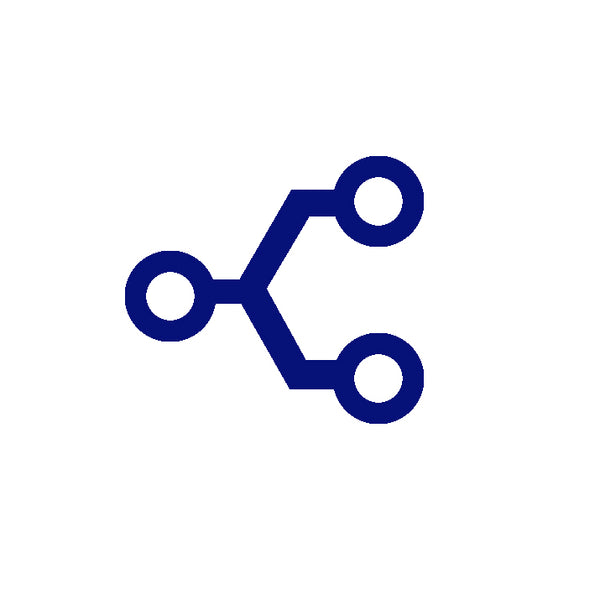Algos Now Dominate Indian Equities, 70% of F&O
Rohan DesaiAlgorithmic trading dominates Indian equities, with algos driving 70% of F&O trades.

Algorithmic trading, or "algos," has rapidly become the dominant force in Indian stock markets, particularly in the futures and options (F&O) segment.
Data from the National Stock Exchange (NSE) reveals a significant shift towards automation, with algos now driving a majority of trading activity. This transformation promises increased efficiency and speed but also necessitates adaptation from investors. Understanding the rise and impact of algos is crucial for navigating the evolving landscape of Indian equities.
Top 5 Key Insights:
Algo Dominance in F&O: Algorithmic trading accounts for nearly 70% of all futures and options trades in FY25, according to NSE data. This signifies a major shift in how derivatives are traded in India, with automated systems executing the majority of transactions. The high penetration of algos in F&O indicates their effectiveness in capturing short-term opportunities and managing complex trading strategies.
Growing Presence in Equity Cash Segment: Even in the equity cash segment, algorithmic trades constitute 57% of the total volume as of April 2025. This is a notable increase from previous years, where algorithmic trading was below 50% until FY23. The growing adoption of algos in the equity cash segment reflects a broader trend towards automation across different investor categories.
Retail Investor Participation: Retail investors are increasingly utilizing algos, contributing to the surge in algorithmic trading volumes. This indicates that advanced trading technologies are no longer limited to institutional players but are becoming more accessible to individual investors.
The rise in retail participation could lead to increased market liquidity and volatility.
Rise in Stock Futures Trading: There has been a notable increase of algos in stock futures trading. In April, 74% of stock futures trades were executed by algorithms, up from less than 60% just a few years ago.
This highlights the increasing reliance on automation even in specialized market segments.
Driving Factors: The increasing demand of traders for fast and efficient order execution, declining transaction costs, and growing demand for cloud computing are driving the growth of algorithmic trading in India.
The market is projected to witness a CAGR of 11.65% during the forecast period FY2025-FY2032, growing from USD 1.08 billion in FY2024 to USD 2.61 billion in FY2032. These factors collectively contribute to the expansion and integration of algorithmic trading within the Indian financial ecosystem.
Expert Insight:
Team Angel One: "Algorithmic trading accounts for 57% of equity cash trades and 70% of derivatives in India. Retail investors are driving this rapid rise in algo usage."
Wrap-up:
The rise of algorithmic trading in India signifies a fundamental shift in market dynamics. As algos become more prevalent, investors must adapt to this new reality by understanding the capabilities and limitations of automated trading systems.
The increasing dominance of algos has created a market environment characterized by speed, efficiency, and complexity. The integration of AI and cloud-based solutions will further refine algorithmic trading strategies, leading to greater automation and sophistication in the Indian stock market.
Author Bio:
Rohan Desai has dedicated 10 years to analyzing business trends, technological innovations, and international trade dynamics. His expertise spans from startup ecosystems to global economic policy.
Citations: Algos are now the dominating force in Indian equities; F&O share in derivatives nearly 70%
More to Explore
- Choosing a selection results in a full page refresh.
- Opens in a new window.




